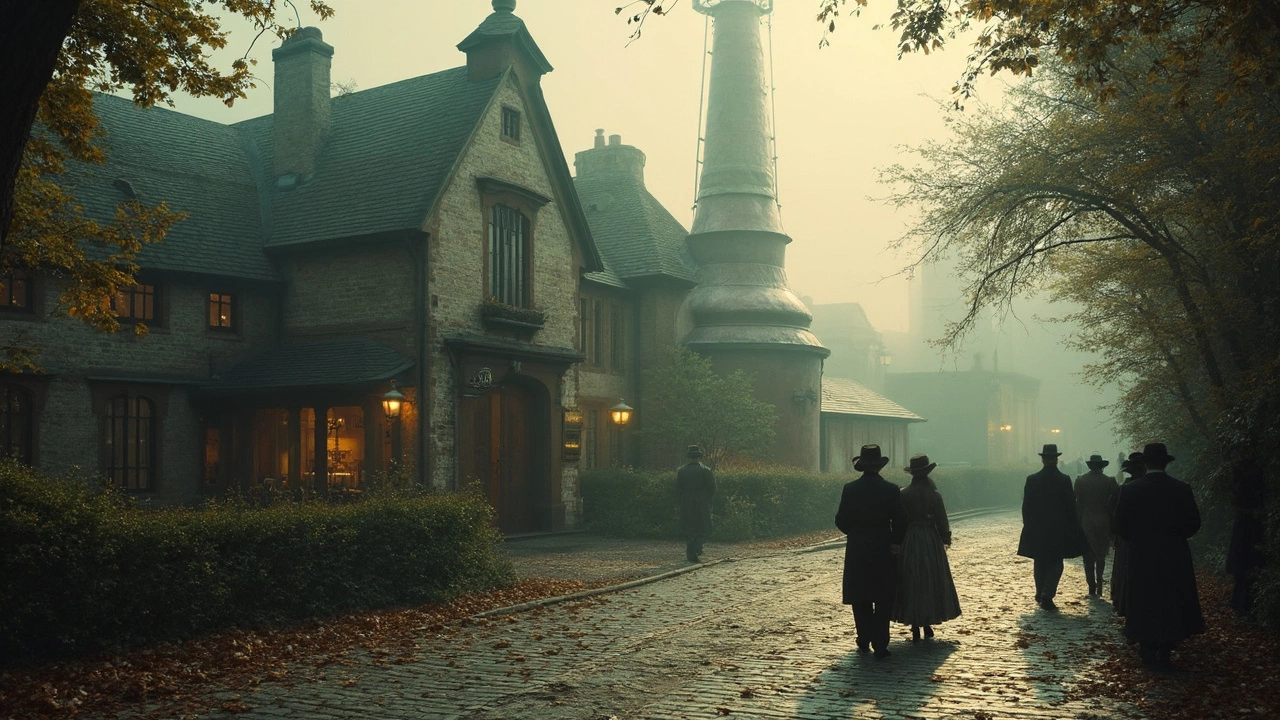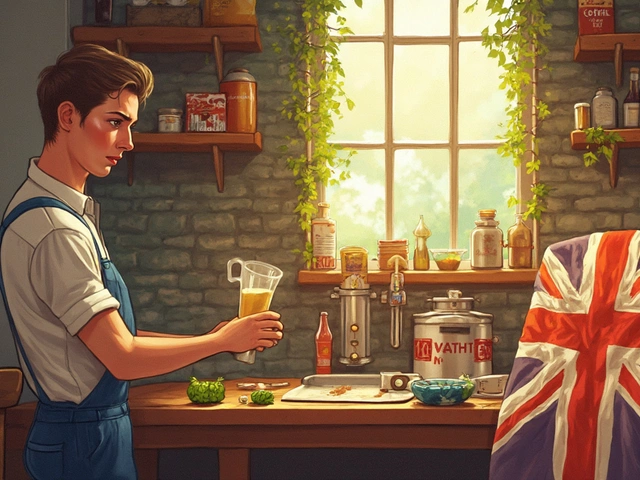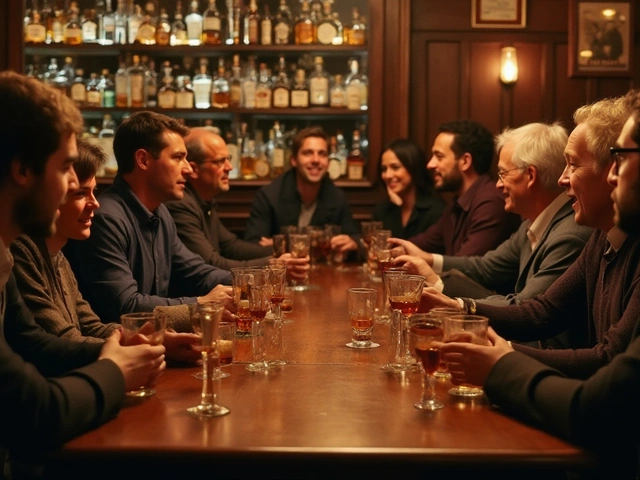Gin History: From Medicinal Roots to Modern Cocktail Star
Ever wondered why gin is everywhere on cocktail menus? The answer lies in a wild ride that started centuries ago, when doctors thought a pine‑flavored spirit could cure almost anything.
Back in the 1600s Dutch physicians created jenever, a juniper‑infused grain spirit, to treat stomach aches and improve digestion. They called it a 'medicine', but people quickly enjoyed the taste. The spirit crossed the North Sea, and British soldiers stationed in the Low Countries brought it back home.
How London Made Gin Famous
When gin hit London, it met a thirsty city. By the early 1700s, cheap gin was sold in any alley, leading to a period known as the "Gin Craze". The government tried to curb it with heavy taxes, but a new style emerged: London dry gin. This version stripped out sugary additives, focusing on clean juniper flavor and a crisp finish.
London dry gin set the stage for classic cocktails. The Gin & Tonic was born in the 19th century when British officers added quinine‑rich tonic water to combat malaria. Later, the Martini and Negroni turned gin into a bar staple, cementing its reputation as a sophisticated base spirit.
Modern Revival and Craft Innovation
Fast forward to the 2000s: craft distillers started experimenting again. They revived old botanicals like orris root, angelica, and even cucumber, creating endless flavor twists. Small batches mean you can find gin with hibiscus, lavender, or smoked rosemary – each telling a new chapter of the gin story.
Today, gin’s popularity isn’t just about cocktails; it’s about the experience. Tasting rooms let you smell each botanical, and gin festivals showcase the spirit’s global evolution. Whether you prefer a traditional London dry or a floral, experimental pour, you’re tasting centuries of history with every sip.
So next time you raise a glass of gin, remember you’re holding a piece of medicinal lore, a splash of 18th‑century rebellion, and a dash of 21st‑century creativity. Cheers to that journey!
Explore the legacy of the oldest gin brand, discovering its roots and evolution over centuries. Delve into the fascinating history of gin, understanding how it's remained popular and transitioned into modern trends. Gain insights into iconic distilleries and historic tours offering a taste of traditions and craftsmanship. Learn about key milestones and the unique characteristics that make the oldest gin brand stand out. This article provides a comprehensive look for gin enthusiasts and history buffs alike.
View Details

